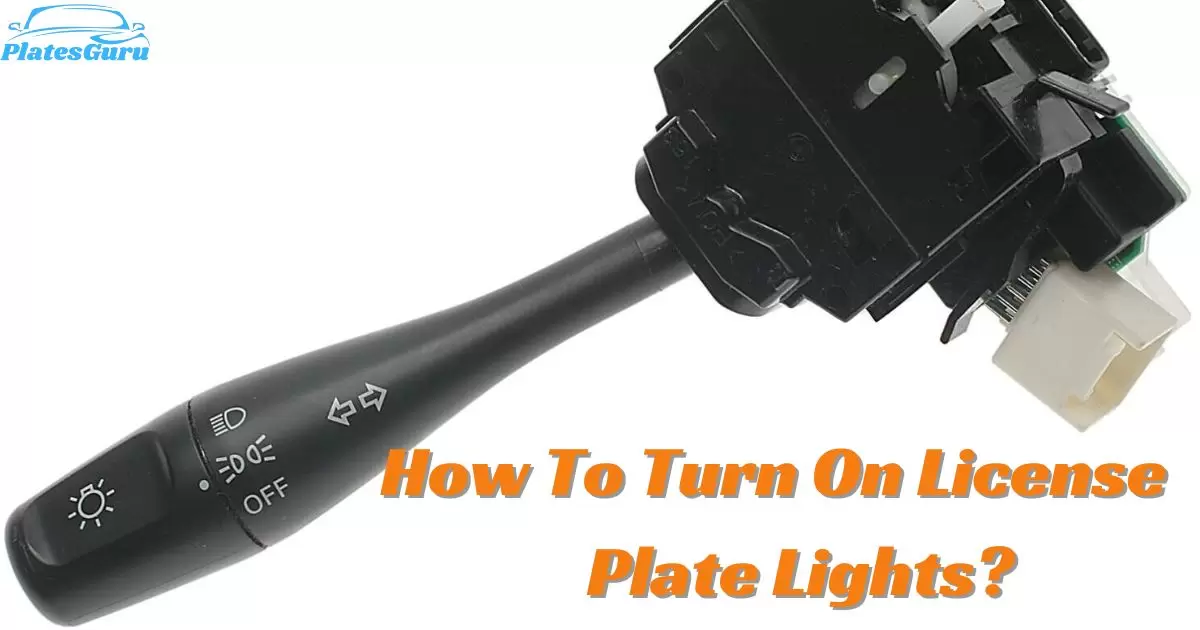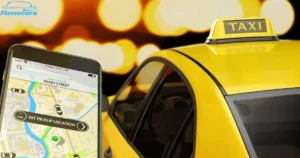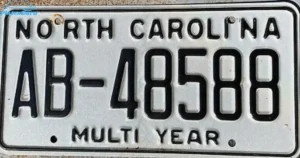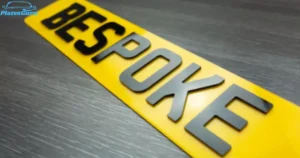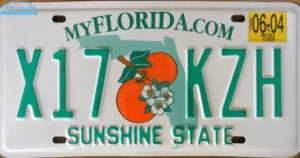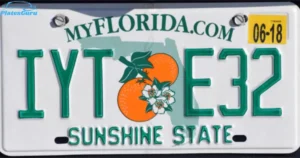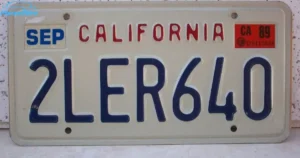To turn on your vehicle’s license plate lights, you simply need to use the headlight switch located inside your vehicle, typically found on the dashboard near the steering wheel. Turning on your headlights, especially in low visibility conditions such as at night or during bad weather, will automatically activate the license plate lights as well.
This ensures your vehicle’s visibility on the road and helps you comply with traffic regulations. Regularly checking and maintaining the wiring and bulbs of your license plate lights can prevent malfunctions and help you avoid potential fines for non functioning lights.
Definition and Purpose
License plate lights are small, dedicated lamps designed to illuminate the license plate on the rear of a vehicle. Their primary purpose is to ensure the license plate is visible at night or in poor visibility conditions, enabling clear identification of the car by law enforcement and other road users.
These lights are a standard feature on all motor vehicles, including cars, trucks, motorcycles, and trailers, highlighting the universal importance of vehicle identification for safety and legal reasons.
Technical Specifications
Typically, license plate lights are positioned above or around the edges of the license plate, casting enough light to make the plate’s numbers and letters legible from a distance. They are integrated into the vehicle’s electrical system and activated automatically when the headlights or parking lights are turned on. This ensures that the license plate is illuminated whenever necessary for visibility without requiring manual intervention from the driver.
Installation and Operation
Integrating license plate lights into a vehicle’s design is meticulously planned to ensure optimal illumination and compliance with legal standards. These lights are connected to the vehicle’s electrical system, drawing power directly from it, which allows them to turn on automatically when the headlights are activated. Installation typically involves mounting the lights in a position where they can effectively cover the entire license plate with light without causing glare or reflection that could impair visibility for other drivers.
Regular Inspection
Maintaining your vehicle’s license plate lights involves regular inspection to ensure they function correctly. As part of routine vehicle maintenance, it’s advisable to check these lights periodically to identify any issues before they lead to non-compliance or safety risks. This includes checking for burnt-out bulbs, damaged wiring, or dirty lenses that could reduce the lights’ effectiveness.
Common Issues and Solutions
- Burnt-out Bulbs: This is the most common problem. Replacing a burnt-out bulb is usually a simple process that involves removing the light cover, unscrewing the old bulb, and screwing in a new one.
- Wiring Issues: If the bulbs are not the issue, the problem might lie within the wiring or fuse connected to the license plate lights. Inspecting the wiring for any signs of damage or wear and checking the fuse can help identify electrical issues.
- Dirty or Damaged Covers: Dirt, grime, or damage to the light cover can impede light output. Cleaning or replacing the cover can restore light visibility.
DIY vs. Professional Help
While many issues with license plate lights can be addressed through DIY methods, more complex problems, especially those related to the vehicle’s electrical system, may require professional attention. If troubleshooting does not resolve the issue, consulting with a professional mechanic or an auto electrician is recommended to ensure proper diagnosis and repair.
Frequently Asked Questions
Why are license plate lights important?
License plate lights ensure that a vehicle’s license plate is visible at night or in poor visibility, facilitating easy identification by law enforcement and enhancing road safety.
How do I know if my license plate lights are not working?
The simplest way to check is to turn on your vehicle’s headlights (which also activates the license plate lights) and visually inspect if the license plate is illuminated. Regular checks are recommended as part of routine vehicle maintenance.
Can I replace license plate light bulbs myself?
Yes, in most cases, replacing a license plate light bulb is a simple task that requires minimal tools. However, the process varies by vehicle model, so consulting your vehicle’s manual is recommended.
What should I do if replacing the bulb doesn’t fix the problem?
If a new bulb doesn’t resolve the issue, it could be due to a wiring problem, a blown fuse, or a malfunctioning switch. These situations might require a more detailed inspection and potentially professional repair.
Is it illegal to drive with a non-functioning license plate light?
Yes, driving without a functioning license plate light can be considered illegal in many jurisdictions. It can lead to fines and penalties, as it violates vehicle safety standards.
FINAL WORDS
License plate lights are essential for vehicle identification and compliance with traffic laws, illuminating the license plate at night or in poor visibility. Integrated into the vehicle’s electrical system, they automatically activate with the headlights, requiring minimal manual intervention.
Regular maintenance, including bulb replacement and wiring checks, ensures these lights function correctly, avoiding fines for non compliance. While some issues can be fixed through DIY methods, complex electrical problems may necessitate professional repair to maintain optimal illumination and safety on the road.
See more: What size trailer requires a license plate in nc.
